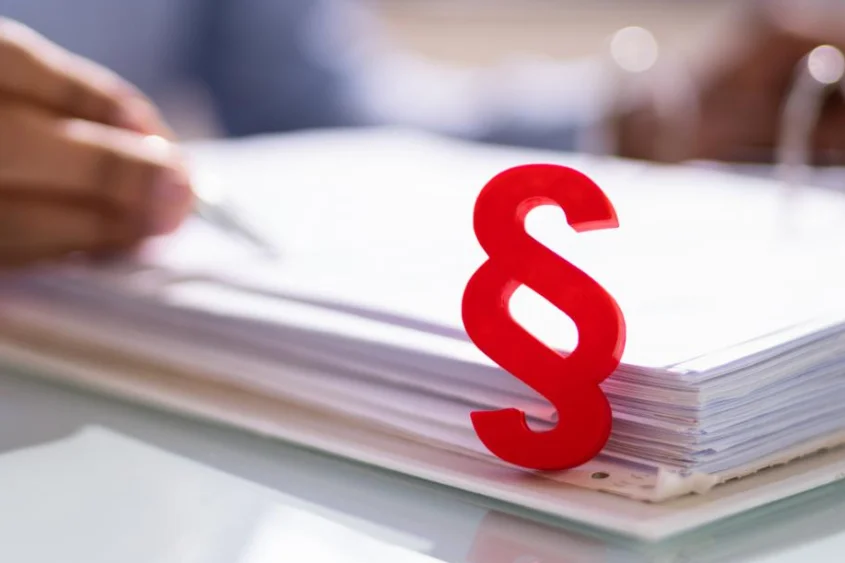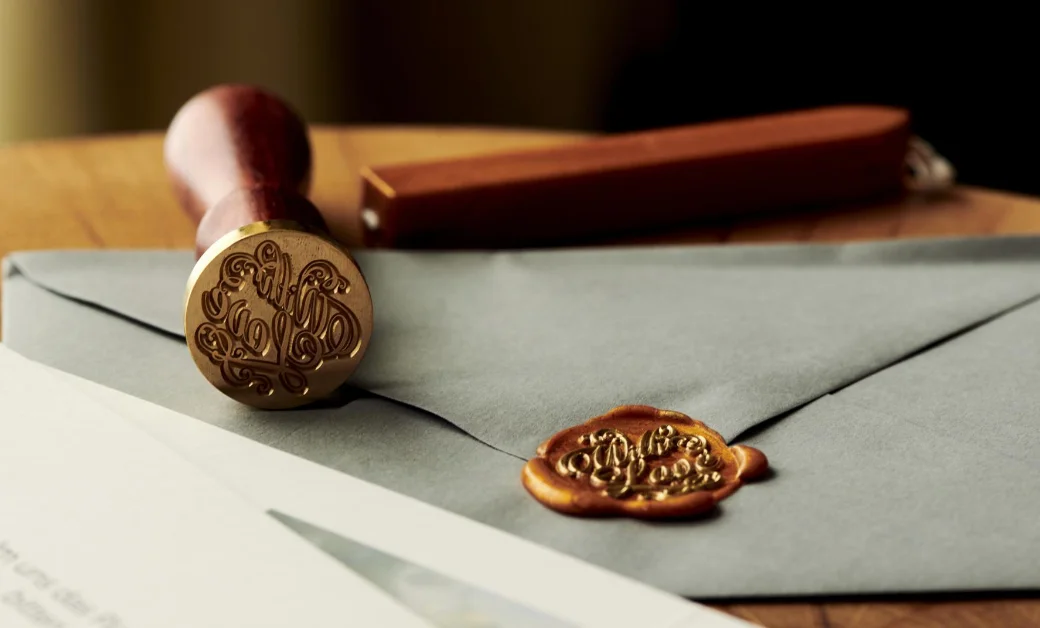Patent Pending: Understanding Its Meaning and Implications
- July 5, 2023
- By Sarita Thomas
- Read 4 minutes
“Patent pending” indicates that a patent application has been filed but not yet granted, offering inventors certain rights. While it provides a deterrent effect and allows inventors to disclose their inventions, patent pending status does not grant the same legal protection as a granted patent and does not enable enforcement against infringers. Seeking professional assistance can help inventors address objections and increase the chances of obtaining a granted patent.
You may have come across the term “patent pending.” It’s a phrase that holds significant importance and intrigue for inventors and innovators. But what does it really mean? In this article, we will explain its meaning, implications, and the steps involved in obtaining this status for your invention. Whether you’re an aspiring inventor or simply curious about intellectual property protection, this article will help understand the concept of patent pending status and shed light on its role in safeguarding innovation.
Understanding Patent Pending
“Patent pending” is a term used to indicate that a patent application has been filed with a relevant patent office, but a patent has not yet been granted. It serves as a notice to the public that the invention is in the process of being evaluated for patentability. Once an application is submitted, the inventor gains certain rights and protections even before the patent is officially granted.
Obtaining a ‘patent pending’ status offers several benefits to inventors. Firstly, it provides a deterrent effect, as it notifies others that the invention is protected by intellectual property rights. This can discourage potential competitors from copying or imitating the invention. Additionally, patent pending status allows inventors to publicly disclose their inventions without losing the opportunity to obtain patent protection. This is particularly important when seeking investments or engaging in collaborations.
Limitations of Patent Pending Status
While patent pending status offers certain benefits, it is important to recognize its limitations. It is important to understand that having a patent pending does not grant the same level of legal protection as a granted patent. Patent pending status does not provide inventors with the ability to enforce their patent rights or take legal action against potential infringers. In other words, it does not provide a solid legal ground to prevent others from using, selling, or manufacturing a similar invention.
During the examination process, the patent application undergoes thorough scrutiny by the patent office. The application is assessed to determine its novelty, non-obviousness, and industrial applicability. The patent examiner carefully examines the claims and reviews the prior art to ensure that the invention meets the necessary criteria for patentability. However, it’s important to note that the patent application is subject to the examiner’s discretion and interpretation of patent laws, which introduces a level of uncertainty.
There is a possibility that the patent application may face challenges during the examination process. The examiner may raise objections or rejections based on prior art or claim inconsistencies. In such cases, the inventor may need to respond to these objections and provide clarifications or amendments to the application. This iterative process can be time-consuming, requiring expertise in patent law and the ability to navigate the examiner’s feedback effectively.
Furthermore, it’s important to understand that not all patent applications result in the granting of a patent. Despite the inventor’s efforts and the strength of the invention, there is a possibility of rejection. This can be due to various reasons, such as prior art discoveries, lack of novelty, or non-obviousness. Therefore, patent pending status does not guarantee the ultimate protection and exclusivity that comes with a granted patent.
The Process of Obtaining Patent Pending Status
To obtain patent pending status, inventors must file a patent application with the relevant patent office. The application should contain a detailed description of the invention, including its features, functionalities, and any unique aspects that differentiate it from existing solutions. Along with the description, inventors must provide supporting documents, such as drawings, diagrams, or prototypes, to illustrate the invention.
Once the patent application is filed, it undergoes a thorough examination by the patent office. This examination evaluates the novelty, non-obviousness, and industrial applicability of the invention. The process can be complex and time-consuming, involving correspondence with the patent examiner, amendments to the application, and potentially addressing any objections or rejections raised during the examination.
After the examination process, if the patent office determines that the invention meets the necessary criteria, a patent will be granted. This grants the inventor exclusive rights to the invention for a specific period, allowing them to prevent others from making, using, or selling the patented invention without permission. It’s important to note that not all patent applications result in a granted patent, and the outcome may vary depending on the uniqueness and patentability of the invention.
If you find yourself in a situation where you have a patent application in pending status and you are looking to expedite the progress or have concerns about potential rejection, it is highly recommended to seek professional assistance. Building a proper strategy to secure a granted patent requires expertise in intellectual property law and a deep understanding of the patent prosecution process. Maxinov’s IP prosecution support team consists of skilled patent attorneys and experts who can guide you through the complexities of the patent system, help address any concerns or objections raised by the patent examiner, and optimize your chances of obtaining a granted patent. With Maxinov, you can access the necessary support and expertise to navigate the path to patent success and protect your valuable inventions. Contact Maxinov’s IP prosecution support team today and take the next step toward securing your patent rights.
Sarita Thomas
Latest Blogs
Blog Categories
- Intellectual Property (IP) Strategy (84)
- Intellectual Property Asset Management (IPAM) (17)
- IP Monetization (4)
- IP News (7)
- Patent Drafting (2)
- Patent Litigation (6)
- Patent Prosecution (8)
- Patenting (18)









No comment yet, add your voice below!